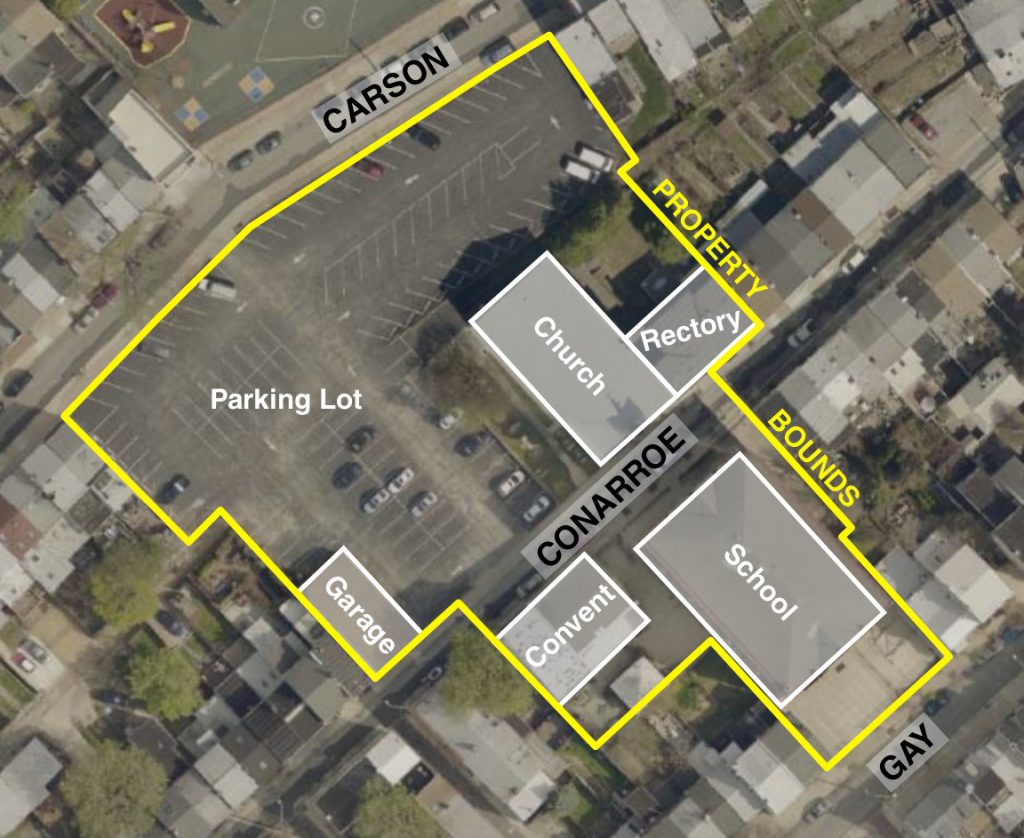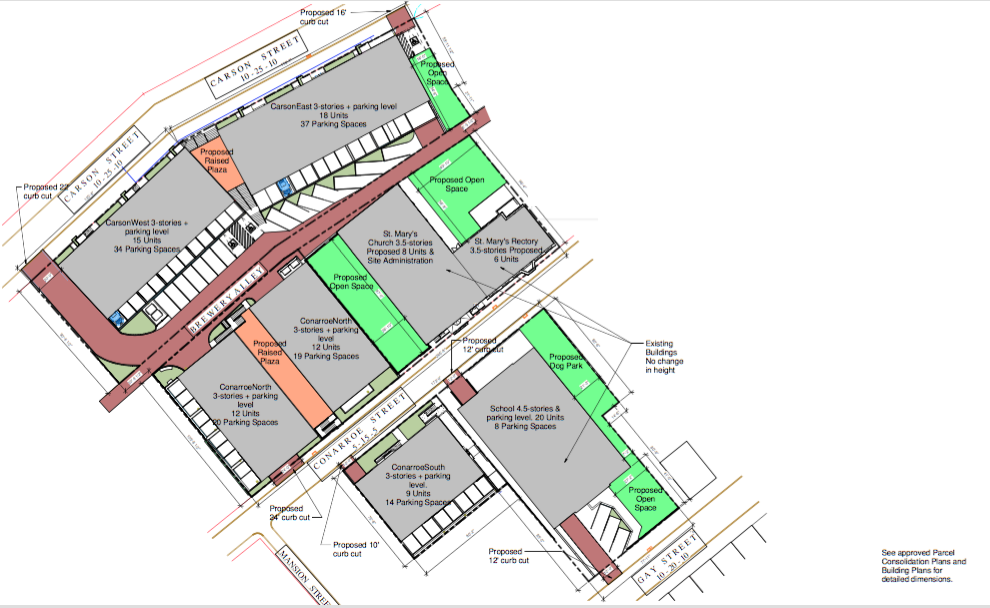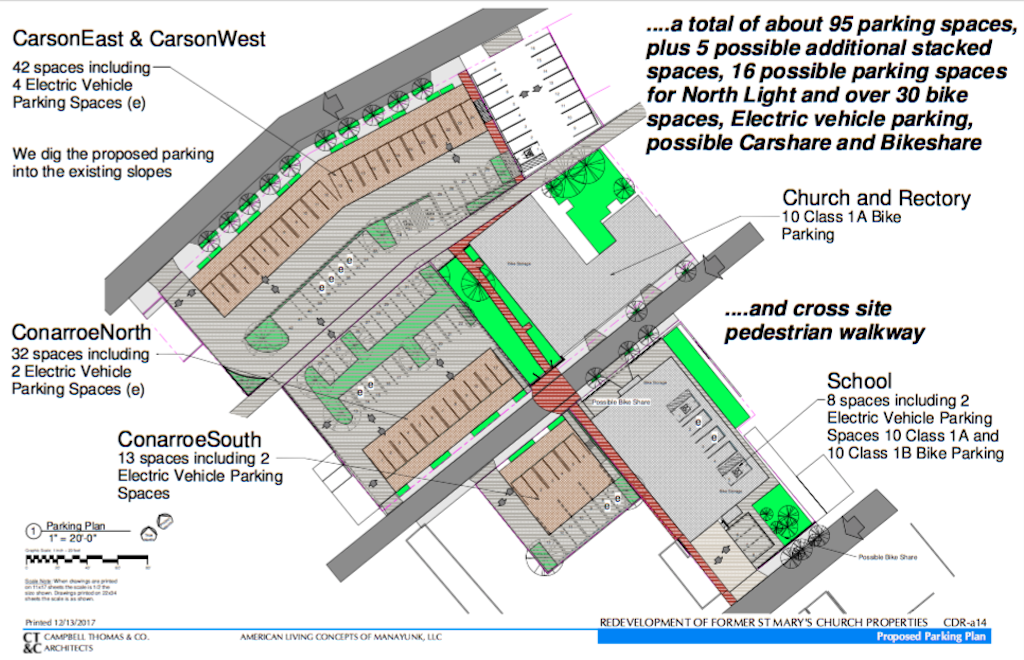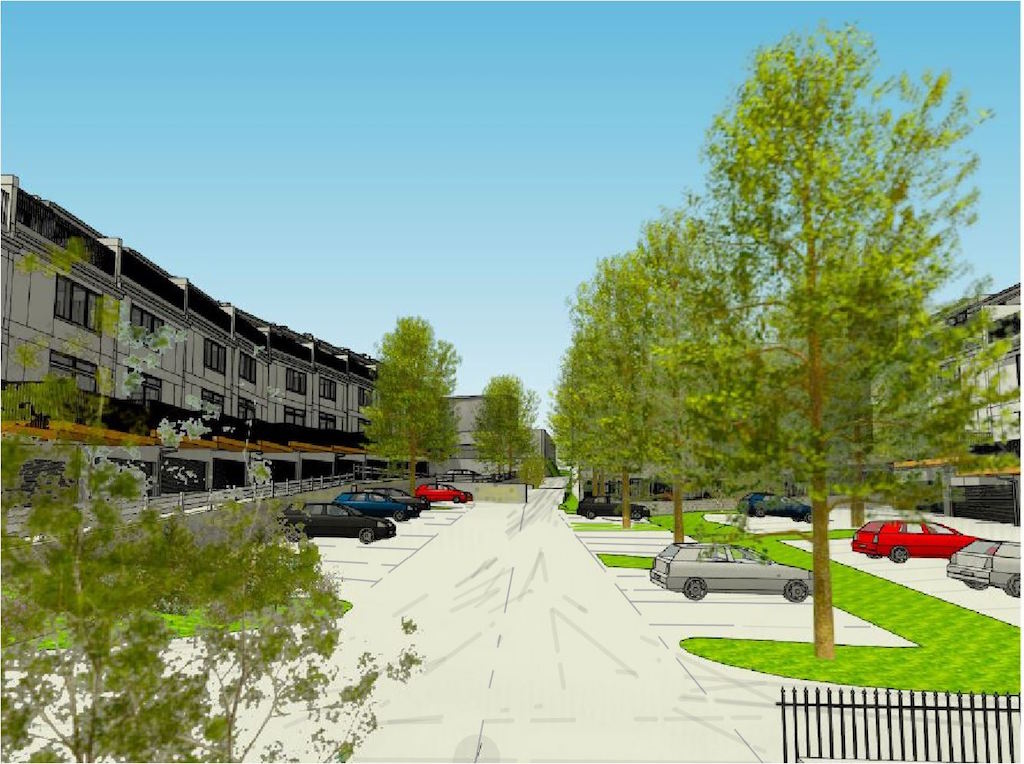Forgive us for stating the obvious, but zoning fundamentally shapes real estate development in every neighborhood in Philadelphia. When a developer purchases a property that cannot be redeveloped without some kind of variance, they assume the risk that they won’t be able to procure zoning relief and will be stuck with a property that can’t be profitably developed. That’s a bit unsettling for a simple one-off development, and it becomes more and more terrifying as the size of the parcel and the scope of a given project grows.
The zoning process is technically governed by whether a developer has a hardship, but practically it comes down to politics. When the community supports a variance, the district councilperson almost always offers support as well, and with few exceptions, the ZBA grants said variance. The opposite is also generally true. It’s no surprise then that developers often look to work with community groups to revise their plans to meet community desires or at least find some room for compromise rather than go to the ZBA with a dreaded letter of opposition.
This provides certain community leaders with an outsized degree of influence in terms of urban planning in their neighborhood. And some would say that’s a good thing, under the belief that the people who live nearby and will be most impacted should have the loudest voice in considering neighborhood development. In some neighborhoods though, urban planning can take a back seat to hot button issues like parking, density, design, and/or commercial corridor development.
In Manayunk, the Manayunk Neighborhood Council has played an enormous role in the negotiations for the redevelopment the Saint Mary’s site at 171 Conarroe St., and much has happened since we provided our last update almost a year ago. To review, developer Jack Bienenfeld has had the former Saint Mary of the Assumption church under agreement for about two years. In 2016, he presented a plan to reuse three buildings on the site and build five new apartment buildings in a project that would mean roughly 100 units and 138 parking spots. Councilman Jones introduced an ordinance to spot rezone the property which would have allowed the project to move forward by right, but major pushback from the community and a couple of well attended community meetings convinced the councilman to scrap the idea.


Over the summer, the developer came back with a dramatically revised plan, and representatives from architects Campbell Thomas met with members of MNC. The plans underwent some additional changes, and at this time consist of 21 town homes, each with two-car parking, 35 units in converted church buildings (with 52 parking spaces), a 16-space parking lot for the North Light Community Center, and the widening of Carson Street to allow for additional street parking. There’s a community meeting taking place on January 11th at 7:30pm at North Light Community Center, for anyone interested in learning more about the revised project.


We don’t claim to be experts on Manayunk, so it’s impossible for us to opine whether the new plan is an improvement from an urban planning standpoint or a step in the wrong direction. The parking lot for the community center and the additional street parking are both positives, but we don’t know whether the neighborhood is better served with 21 big homes vs. 70ish apartments. That detail won’t matter though, as long as the community offers their support and the councilman eventually rezones the property as needed.
We see two important lessons here for anyone thinking about getting into the development business. First, it’s wise to remember just how much power rests with community groups in this town. Even if you have the district councilperson on your side, significant community opposition could still override that support. The other lesson relates to zoning risk. If you need a variance, you’re taking on risk. The bigger the project, the bigger the risk. It’s always a good idea to look at any possible project and look at what you can do there by right, as a worst case scenario. If that worst case isn’t workable, it might make sense to look at a different project, unless you have serious patience and some deep pockets.

Leave a Reply